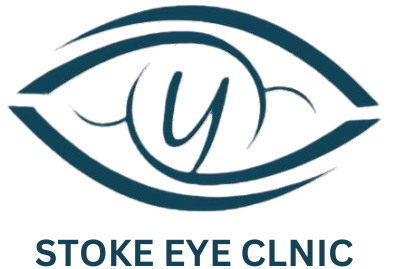Watery eye / Epiphora
- Home
- Watery eye / Epiphora
What is a watery eye?
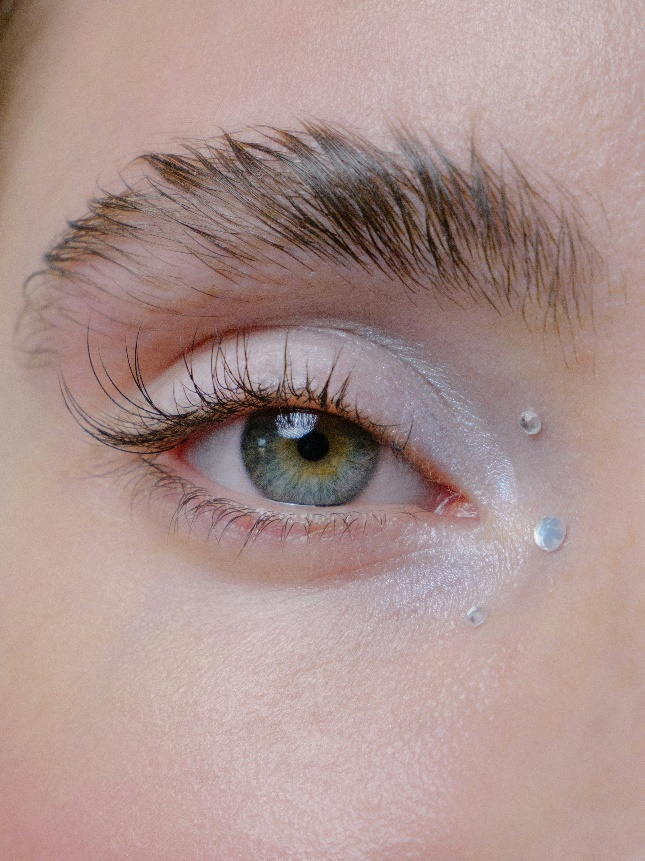
Symptoms
Excessive tearing
Blurred vision
Double vision
Discharge
What causes Watery Eye?

Blocked Tear Ducts
When the tear drainage system is partially or fully blocked, tears cannot drain properly, leading to overflow.

Age-related
As people age, the eyelids may sag or lose muscle tone, disrupting normal tear drainage.
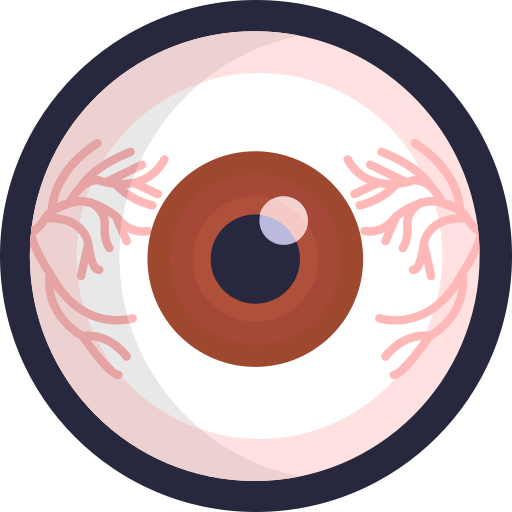
Dry Eyes
Paradoxically, dry eyes can cause excessive tearing as the eye tries to compensate for the dryness by overproducing tears.
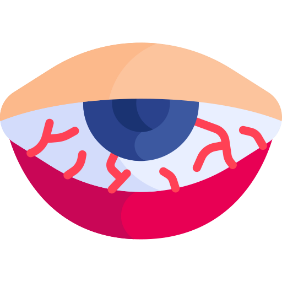
Eyelid Abnormalities
Conditions such as ectropion (outward-turning eyelid) or entropion (inward-turning eyelid) can interfere with proper tear drainage or irritate the eye, causing excessive tearing.

Infections / Inflammation
Conditions like dacryocystitis (infection of the tear sac) can block the tear ducts and lead to watery eyes.
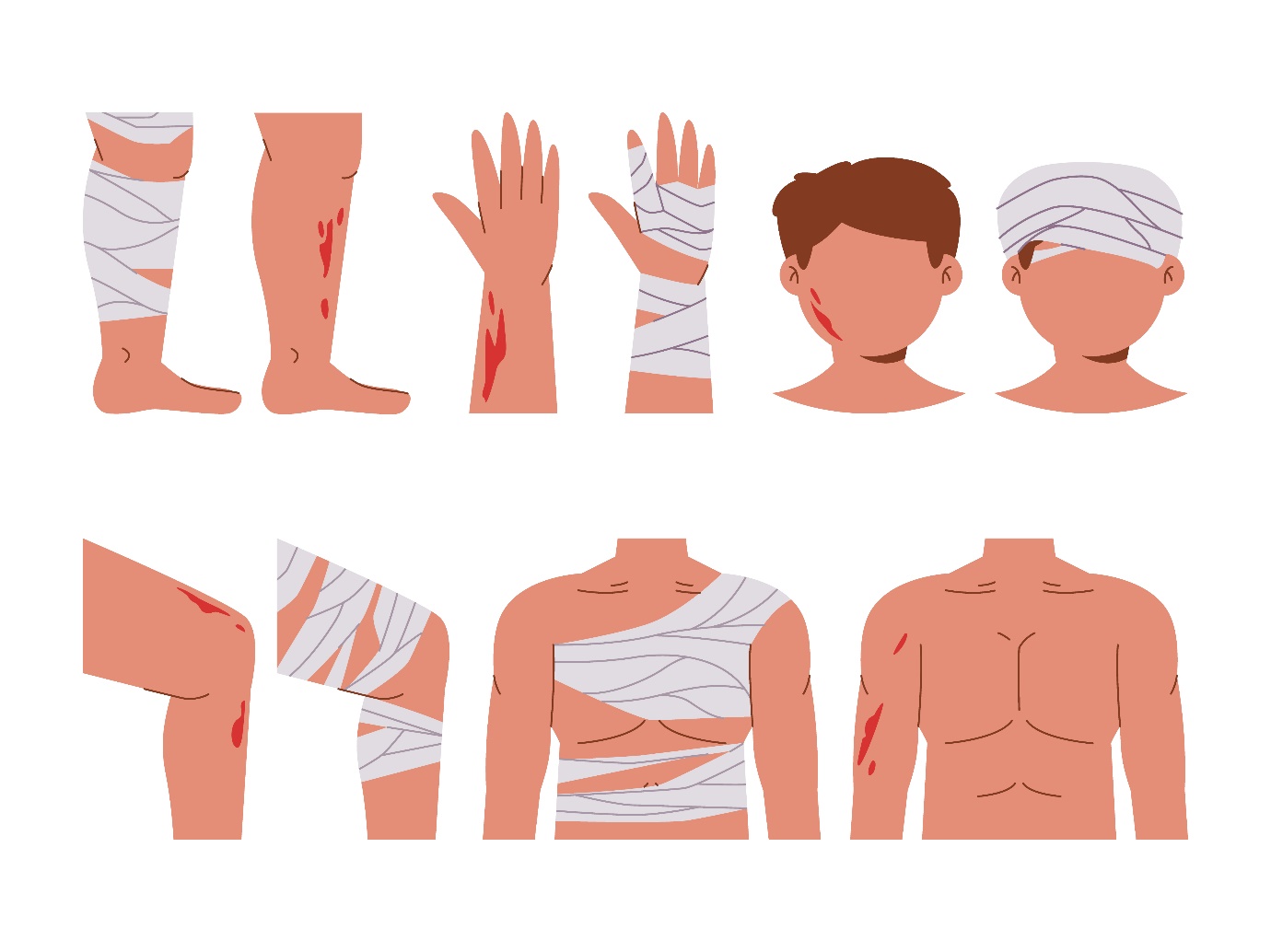
Foreign Body / Trauma
Dust, debris, or minor injuries to the eye can trigger excessive tearing as a protective response.
Watery Eye Treatment
What are the management options?

Blocked tear ducts
Symptoms
⦁ Excessive Tearing: Tears overflowing and running down the cheeks.
⦁ Swelling: Puffiness around the inner corner of the eye or near the tear duct.
⦁ Discharge: Sticky or mucus-like discharge, especially in the morning.
⦁ Redness: Mild redness in or around the affected eye.
⦁ Infection: Tenderness and warmth if the tear duct becomes infected.
Causes
A blocked tear duct occurs when the tear drainage system is partially or completely obstructed. Common causes include:
⦁ Age-related narrowing of the tear ducts.
⦁ Infections or inflammation in the tear drainage system (dacryocystitis).
⦁ Congenital blockages, where the tear duct fails to fully open at birth.
⦁ Trauma or injury to the nose or face affecting the tear ducts.
⦁ Nasal or sinus conditions, such as chronic sinusitis, that impact the drainage pathways.
Treatment
⦁ Warm Compresses: Applying a warm compress to the affected area several times a day can help reduce swelling and improve tear flow.
⦁ Massage: Gentle massage of the tear duct area can sometimes help clear mild blockages, especially in infants.
⦁ Antibiotics: If the tear duct becomes infected, your doctor may prescribe oral antibiotics or antibiotic eye drops.
⦁ Dacryocystorhinostomy (DCR): A surgical procedure to create a new tear drainage pathway to bypass the blockage.
Prevention
⦁ Eye Hygiene: Regularly cleaning the eyes and surrounding areas can help prevent blockages caused by debris or infection.
⦁ Avoid Rubbing Eyes: Keeping hands clean and avoiding rubbing the eyes can reduce irritation and the risk of introducing bacteria.
⦁ Treat Underlying Conditions: Managing sinus issues or chronic inflammation can help prevent tear duct blockages.
When to See a Doctor
Consult your healthcare provider if:
⦁ Symptoms persist or worsen despite home treatments.
⦁ There is significant redness, swelling, or pain.
⦁ Discharge becomes excessive or yellow/green, indicating possible infection.
⦁ Your vision is affected.
Follow-Up Care

Dry Eye
Symptoms
⦁ Dryness: A feeling of dryness or grittiness in the eyes.
⦁ Redness: Persistent redness in the eyes.
⦁ Tearing: Paradoxical watery eyes as the body tries to compensate for dryness.
⦁ Burning Sensation: A stinging or burning feeling in the eyes.
⦁ Blurred Vision: Intermittent blurry vision, especially after prolonged use of screens or reading.
⦁ Eye Fatigue: Tired eyes, particularly after focusing for long periods.
Causes
Dry eye occurs when the eyes don’t produce enough tears or the quality of the tears is poor. Common causes include:
⦁ Aging: Tear production naturally declines with age.
⦁ Environment: Exposure to wind, smoke, or dry climates can exacerbate symptoms.
⦁ Screen Time: Prolonged use of screens can reduce blinking, worsening dryness.
⦁ Medications: Certain medications, such as antihistamines, diuretics, or antidepressants, can reduce tear production.
⦁ Medical Conditions: Autoimmune diseases like Sjögren’s syndrome, rheumatoid arthritis, or thyroid disorders can lead to chronic dry eye.
⦁ Eyelid Issues: Problems like incomplete closure of the eyelids can cause tear evaporation.
Treatment
⦁ Artificial Tears: Over-the-counter lubricating eye drops can provide immediate relief for mild cases.
⦁ Warm Compresses: Applying warm compresses can help open oil glands in the eyelids, improving tear quality.
⦁ Medicated Drops: Prescription eye drops like steroids can help reduce the inflammatory aspect of dry eye syndrome.
⦁ Punctal Plugs: Tiny plugs can be inserted into the tear ducts to prevent tears from draining too quickly, keeping the eyes moist.
⦁ Eyelid Hygiene: Regular cleaning of the eyelid margins can help manage associated conditions like blepharitis.
⦁ Lifestyle Adjustments: Using a humidifier, reducing screen time, and wearing protective glasses in windy environments can help prevent symptoms.
Prevention
⦁ Blink Regularly: Especially when using screens or reading for extended periods.
⦁ Protect Eyes: Use sunglasses in windy or dry conditions to reduce tear evaporation.
⦁ Stay Hydrated: Drinking enough water can support tear production.
⦁ Limit Irritants: Avoid smoking and exposure to smoke, dust, and other irritants.
When to See a Doctor
Consult an eye doctor if:
⦁ Symptoms persist despite using artificial tears or home remedies.
⦁ You experience severe pain, redness, or sudden changes in vision.
⦁ You suspect underlying conditions such as autoimmune diseases or eyelid abnormalities.
Follow-Up Care
Dry eye is often a chronic condition that requires ongoing management. Regular follow-up appointments may be necessary to monitor your symptoms and adjust treatment as needed. Your doctor may recommend additional therapies, such as tear gland stimulation or advanced procedures, if symptoms do not improve.
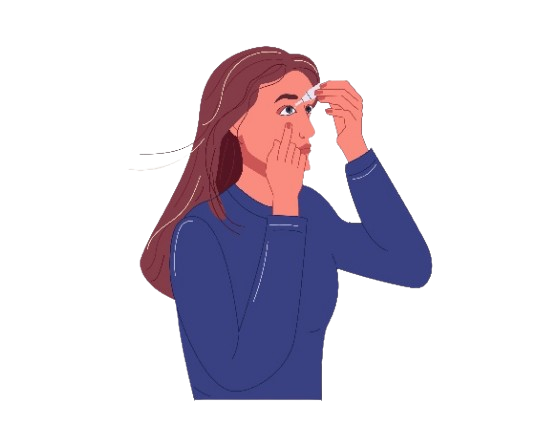
4 Tips to Improving Success
Achieve better outcomes with expert surgeons, advanced procedures, and a commitment to quality care. Our focus on precision, efficiency, and timely surgeries ensures your vision restoration is in trusted hands.
The Surgeon
The success of watery eye treatments depends on the expertise of your eye surgeon. I am a consultant eye surgeon with extensive experience in diagnosing and treating tear drainage issues, including surgical procedures. You can be confident that your treatment will be performed with precision and care to achieve the best possible results.
The Procedure
Treatments for watery eyes vary based on the underlying cause. For blocked tear ducts, a procedure such as dacryocystorhinostomy (DCR) is often performed to create a new drainage pathway for tears. If eyelid conditions like entropion or ectropion are contributing to the problem, surgical correction can reposition the eyelid and restore proper tear drainage. These procedures are typically safe, performed on an outpatient basis under local or general anaesthesia, and tailored to each patient's specific needs. I will guide you through the process, explaining every step to ensure your comfort and understanding.
Quality Surgery
Achieving the best outcome in a single procedure is crucial. As a Consultant Ophthalmic Surgeon with specialized expertise in watery eye treatments, I provide high-quality care that addresses both functional and aesthetic concerns. Whether the issue involves tear ducts or eyelid position, my approach is meticulous and patient-focused.
Prompt Treatment
Addressing watery eye symptoms promptly is essential to prevent discomfort, infections, or damage to the eye’s surface. From your initial consultation to treatment, I ensure a streamlined process, often scheduling necessary procedures within a short time frame to restore comfort and protect your eye health effectively.
FAQs About Watery Eye Treatment and DCR Surgery
What is DCR surgery?
Who needs DCR surgery?
How do I prepare for DCR surgery?
Will I need any tests before DCR surgery?
What happens during DCR surgery?
Is DCR surgery painful?
How long does the surgery take?
What can I expect after the surgery?
How do I care for myself after DCR surgery?
What activities should I avoid after DCR surgery?
When can I return to work after DCR surgery?
How long will the stent stay in place?
What are the risks of DCR surgery?
Can I wear my glasses after DCR surgery?
When should I call my doctor after surgery?
- info@bramptonmedical.co.uk
- 01782 614174
- 36 Hanover St, Newcastle-under-Lyme, Newcastle ST5 1AU
- Clayton Rd, Newcastle-under-Lyme, Newcastle ST5 4DB
- © 2024. All rights reserved
- Terms & Conditions
- Where I work
- Brampton Medical
- Designed & Developed by احمد

